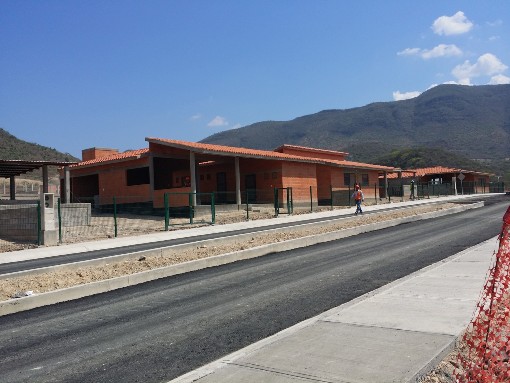Canadian mining outfits have come under widespread fire for their practices in Central Asia and elsewhere.
Human rights abuses linked to the operations of Canadian mining businesses abroad took center stage in Geneva in June, when the UN Human Rights Committee addressed a series of concerns over Canada’s extractive industry’s record.
Canada is a global leader in the mining sector, and mining alone contributed $54 billion to Canada’s GDP in 2013. However, complaints about human rights violations and mistreatment of indigenous peoples by Canadian mining companies have accumulated over the years, prompting Amnesty International and the Canadian Human Rights Commission to raise the issue with the UN. Canadian firms have been accused of damaging the environment, with mass protests in South America and Central Asia.
In Guatemala, Toronto-based Hudbay Minerals was criticized for its inability to stop the rape and murder of local environmental activists. The contractors of another Canadian mining giant, Barrick Gold, were allegedly involved in a mass rape of 137 local women aged between 14 and 80 in Papua New Guinea. In Kyrgyzstan, a Centerra Gold-operated mine triggered violent protests against the Canadian firm, which led to allegations that community activists were tortured by government forces and local police.
























